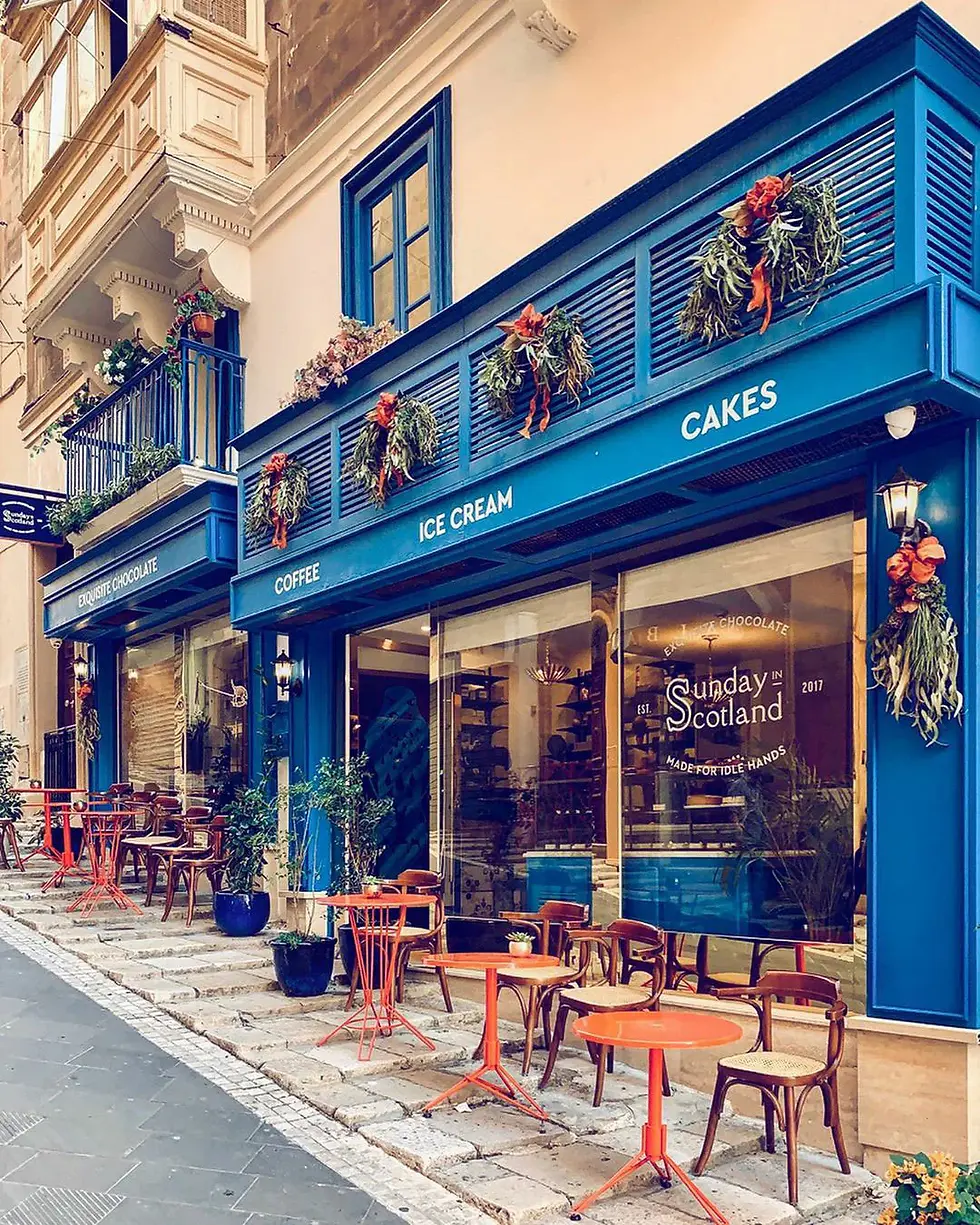RESTORING & DESIGNING WITH ENCAUSTIC TILES
- trevorzahra
- Nov 7, 2023
- 2 min read
Updated: Nov 14, 2023
Driven by a passion to preserve the aesthetic and beauty of heritage, the painstaking restoration of this historic palazzino involved preserving and restoring as much of the original architectural features as possible.
Today we are diving into the colourful world of encaustic tiles, sharing how these beautiful little artworks were preserved and creatively integrated into the design of some of our unique suites.
The History of Encaustic Tiles
The history of the encaustic tile dates to the early eighth century, when the Moors invaded the Iberian Peninsula and brought the handmade cement tile.
The craft was passed on from generation to generation, spreading across Europe and the Mediterranean, becoming widespread in the European churches and monasteries of the 12/13th Century.
The tradition dwindled in the 16th Century, and was revived three hundred years later, particularly with the flourishing of Art Nouveau in Europe, where its stylised organic shapes and floral motifs were a source of inspiration for tile designers.
Encaustic Tiles in malta

Malta developed its own tradition for encaustic tile design, developing exquisite patterns which became very popular and sought after. These tiles have become an essential part of Malta's cultural identity, preserving the unique charm found in many towns and villages.
What makes encaustic tiles truly special is their traditional manufacturing process, each made by hand and then ‘air cured’ for about four weeks to dry and strengthen. Expertly crafted Maltese tiles are composed of a carefully selected combination of cement, marble powder, and rich pigment. Their unique patterns are then derived from metal molds that feature separate sections for each colour block in the design. [Photo: Halmann Vella]
Restoration & Design

Encaustic tiles have an incredible ability to adapt and blend seamlessly with different architectural styles. This is evident in the suites at House of W, where the playful hues and designs of the tiles, very likely laid down in the early 1900’s, are juxtaposed against the striking architectural features of the 16th century building and the eclectic décor and furnishings of each unique suite.
Cementine, the suite named after the traditional tile, exemplifies playful hues, of predominantly pink, grey, and green in an unusual stylistic motif of intertwining diamond and star shapes. The tiles, originally found in this room, were cleaned and restored before being re-polished and resealed, to be enjoyed again by generations to come.
Have you stumbled upon any encaustic tile masterpieces during your adventures in Malta? Share your beautiful photos with us on Instagram using @heritagecollectionproperties let's celebrate the rich heritage and stunning beauty of these extraordinary tiles together!






Comments